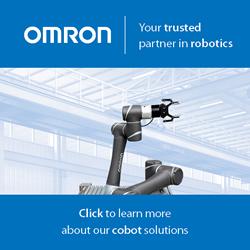GXV-T Envisions Future Armored Ground Vehicles that Could Sprint, Dodge and Shield Their Way Out of Danger
DARPA is particularly interested in engaging nontraditional contributors to pursue fundamental research and development of groundbreaking future capabilities.
One of the key goals of DARPA's Ground X-Vehicle Technology (GXV-T) program is improving the survivability of ground-based armored fighting vehicles by increasing vehicle agility. Vehicle agility involves the ability to autonomously avoid incoming threats, either by rapidly moving out of the way or reconfiguring the vehicle so incoming threats have a low probability of hitting and penetrating—all without injuring the occupants in the process. This concept video illustrates three of many potential approaches: active repositioning of armor, burst acceleration and suspensions that would enable the vehicle to dodge.
Ground-based armored fighting vehicles and their occupants have traditionally relied on armor and maneuverability for protection. The amount of armor needed for todays threat environments, however, is becoming increasingly burdensome and ineffective against ever-improving weaponry. GXV-T seeks to develop revolutionary technologies to enable a layered approach to protection that would use less armor more strategically and improve vehicles ability to avoid detection, engagement and hits by adversaries. Such capabilities would enable smaller, faster vehicles in the future to more efficiently and cost-effectively tackle varied and unpredictable combat situations.
DARPA is particularly interested in engaging nontraditional contributors to pursue fundamental research and development of groundbreaking future capabilities. The agency expects to release two Broad Agency Announcements (BAAs) with full technical details for GXV-T soon on the Federal Business Opportunities website (www.fbo.gov). For more information on the BAA for GXV-T technology development, please email DARPA-BAA-14-50@darpa.mil. For more information on the BAA for GXV-T concept definition, please email DARPA-BAA-14-58@darpa.mil.
Featured Product

